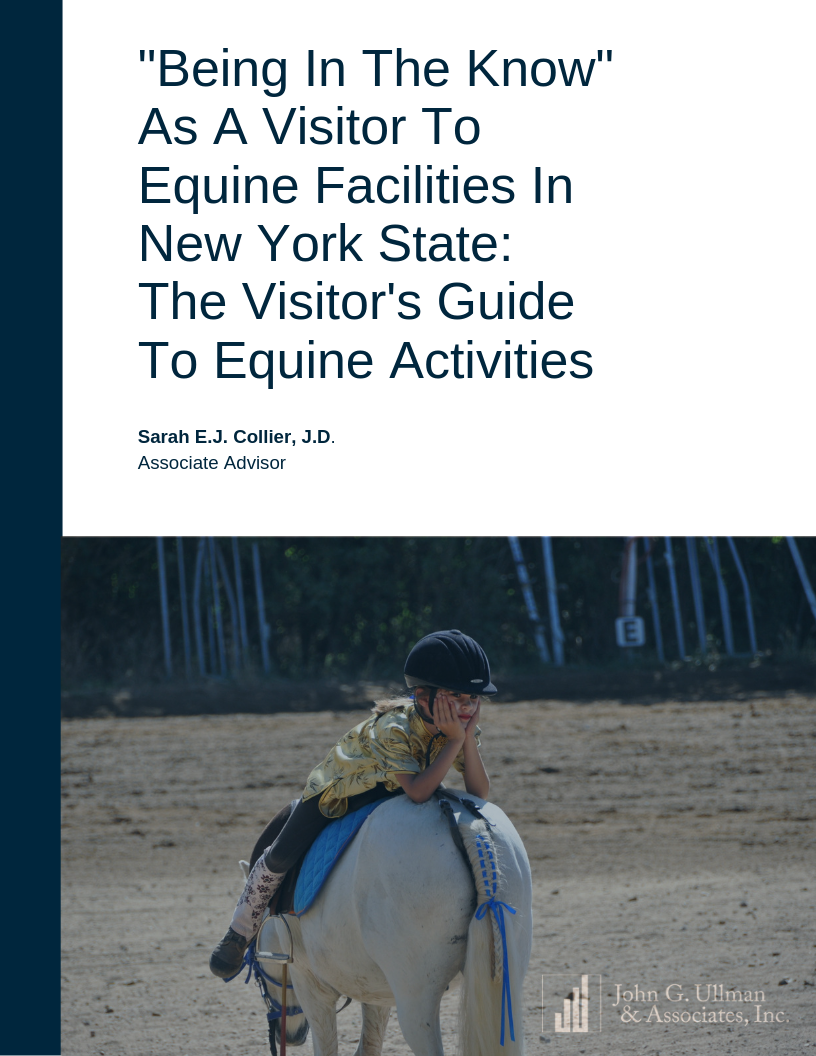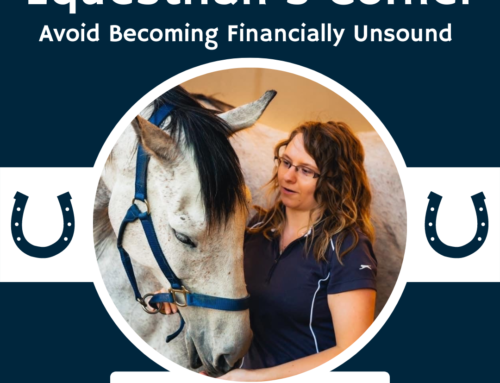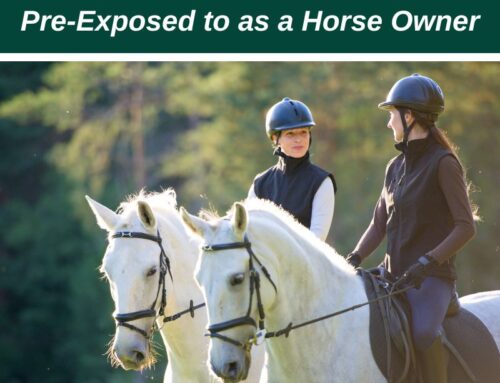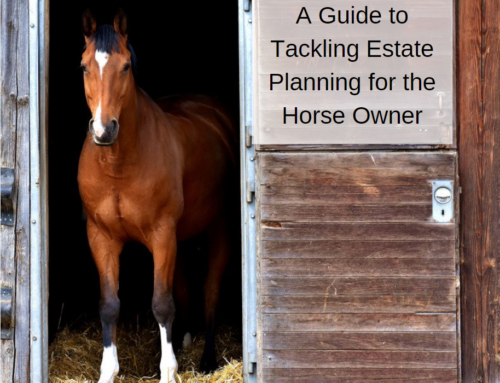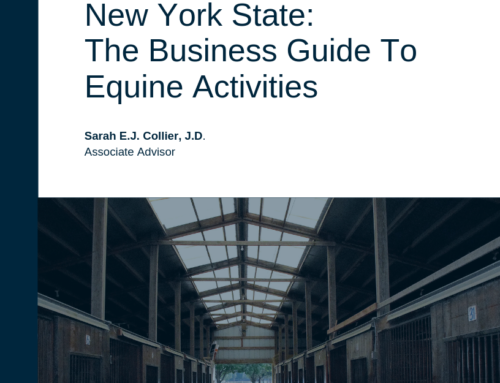Passed in 2017, The Safety in Agriculture Tourism Act (“The Act”) affects the liability of business owners and visitors to agriculture tourism destinations such as indoor and outdoor equine activities. In addition to limiting the business’s liability, The Act imposes duties and responsibilities on the visitors to these facilities.
Who is a visitor? The Act does not define who classifies as a visitor. Without any clarity, it is better to assume that anyone that is on the property of another for commercial equine activities, regardless of their participation, would be considered a “visitor” under The Act.
So I am a visitor, now what? The Act enumerates a series of duties and responsibilities with which the visitor must comply. Some of these duties include the following:
1. Comply with way-finding signs,
2. Reasonably follow written information or posted visitors rules of conduct,
3. Follow verbal or other forms of communicated conduct,
4. Act reasonably regarding the disclosed risks of the agriculture (equine) activity,
5. Reasonably remain in designated areas, and
6. Not willfully remove, deface, alter or otherwise damage signage, warning devices, or safety devices.
How do I meet my duties and responsibilities? The Act provides no guidance on how these duties and responsibilities apply to equine activities. Until this is clarified in case law or further legislation, visitors should follow best safety practices. Below are four examples of safety practices of which visitors should be aware.
First, always ask for a tour of the facility if you are new and ask about the experience of their staff. Keep in mind that certification of riding instructors is not required in New York State and is not always a definitive answer as to the qualifications of the instructor. However, inquiring about the riding disciplines, show, and clinical experiences can give you a little more information towards evaluating the riding instructors and other staff.
Second, inquire about the temperament of the horses at the facility and about the horse you are riding. If the horse you are riding (or riding with in a group lesson) is feeling his oats and being extra spunky, depending on the circumstances you might not want to be around that horse because of the increased risk of injury.
Third, many riding facilities have rules to be followed while on the property. If these rules are not apparent, such as provided in posted signs or other written format, for example a waiver of liability, be sure to ask the owner of the business of any such rules. Common rules in regard to safety are “no dogs are permitted on the property” and “parents are strictly responsible for their small children.”
Fourth, inquire about the risks inherent to the equine activities in which you will be participating. While some risks may be more general across riding disciplines, being bit by a horse as an example, there may be more specific risks, such as falling off the horse due to the horse’s refusal at a jump. Inquiring about these risks will assist you in fully appreciating the risks to those equine activities that you are required under The Act to know.
While The Act does not directly ask visitors to follow these safety practices, these are some actions a visitor can take to meet their duties and responsibilities. Also, these practices are important to know for the safety of all parties involved, including the horses, and limit liability for your own injuries and the injuries caused to others.
Keep in mind this is not an exhaustive list of actions you can take to ensure your visit to equine facilities is both fun and safe. For further information on best safety practices to ensure your visit to equine facilities is both fun and safe, please follow the link to find a more extensive list of actions you can take towards “Being in the Know.”
Please visit: www.jgua.com/schuylerequineconference


